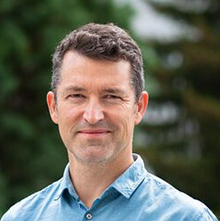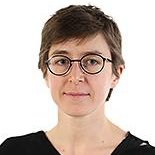
Aulehla Group
EMBL
Creating synergies between EMBL and Stanford’s research communities
Pattern formation, a process where disorganized groups of cells acquire organized structure, is an important feature of biological development. An important question then is how individual cells work together to form patterns. Embryonic patterning lays the groundwork for future organ development in all embryos and intense efforts have been dedicated to elucidating its molecular mechanisms. Somite formation in the presomitic mesoderm (PSM) is a striking example of embryonic patterning where disorganized groups of cells periodically form structured blocks of tissue. This process has been commonly studied in a top-down fashion at three scales of organization: the whole tissue, in groups of cells, and in the individual cell. However, an alternative and complementary approach is to take a bottom-up strategy where properties of single cells are used to inform models explaining tissue scale data.
Traditional experimental methods to study pattern formation often require the input of many cells to make one averaged measurement, but this does not capture properties of the individual cell. To understand how single cells work together to form patterns, we will develop new experimental tools and methods to identify features of single cells and interactions between small groups of cells that enable pattern formation. We will accomplish this goal by combining quantitative biochemical methods developed in the Ferrell Lab (Stanford), mathematical modeling expertise from the Erzberger Group (EMBL), and experimental models of pattern formation available in the Aulehla Group (EMBL). Our work will complement existing data derived from the traditional methods and will result in a more complete understanding of biological pattern formation.
This project is supported by a Bridging Excellence Fellowship, awarded to Michael Zhao.
Interested in finding out more about working at the interface of metabolism and organelle biology? Get in touch, we would love to hear from you!

EMBL

Stanford

EMBL


Bridging Excellence Fellow